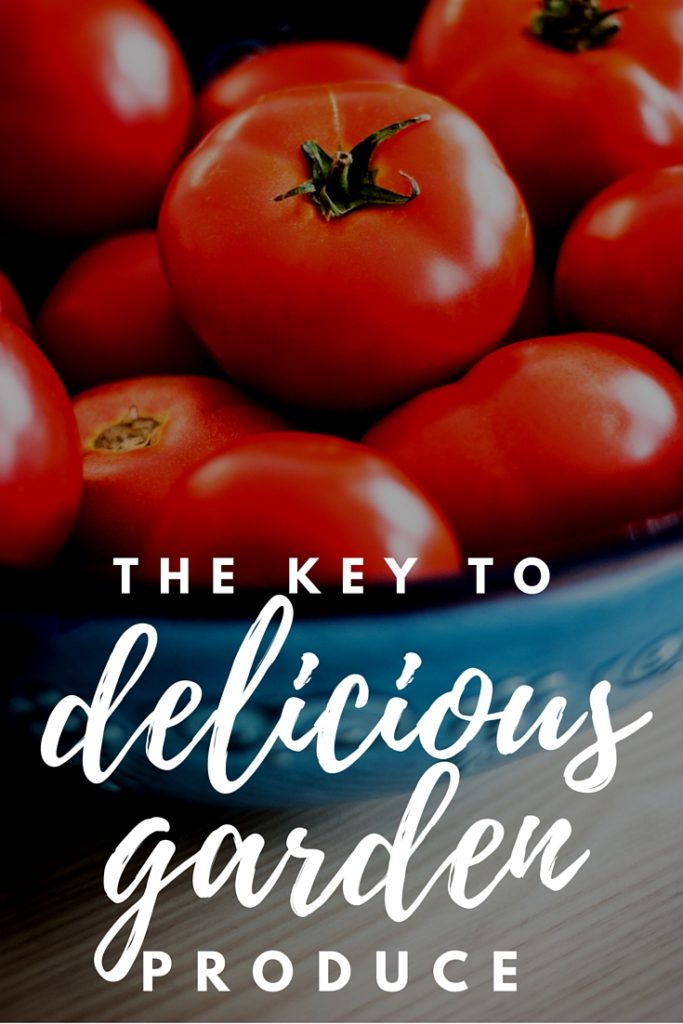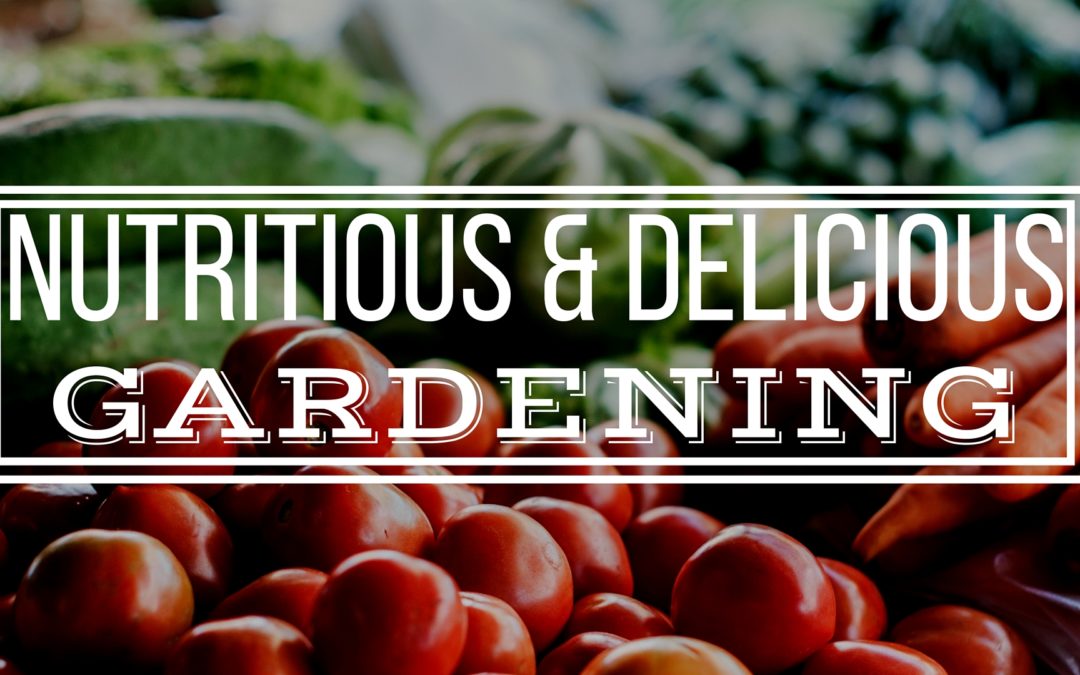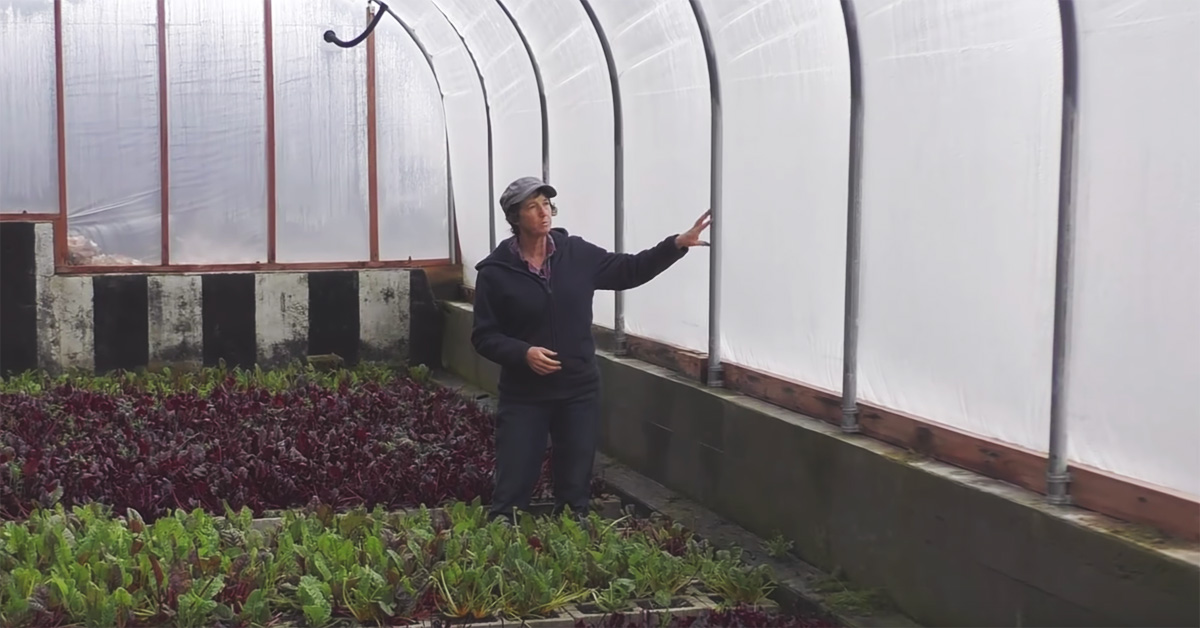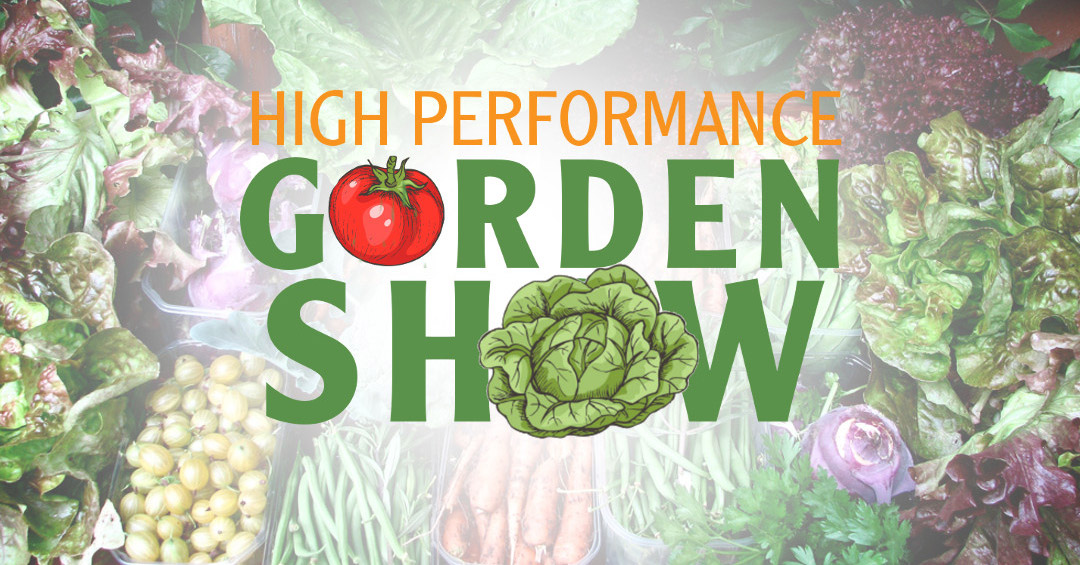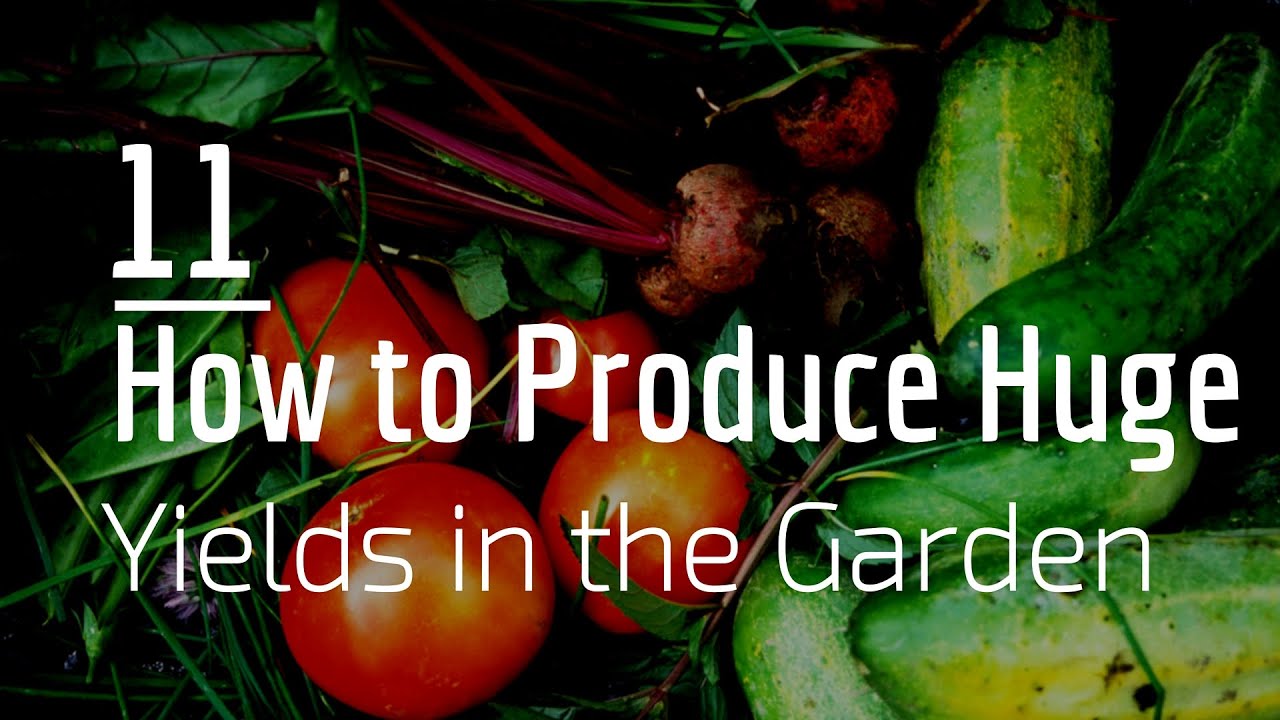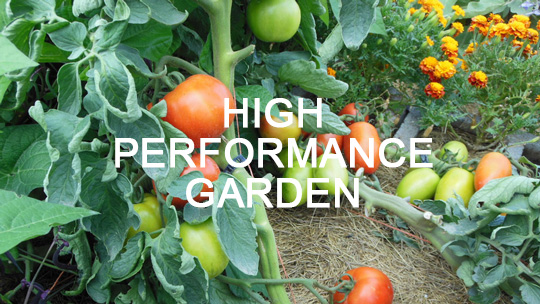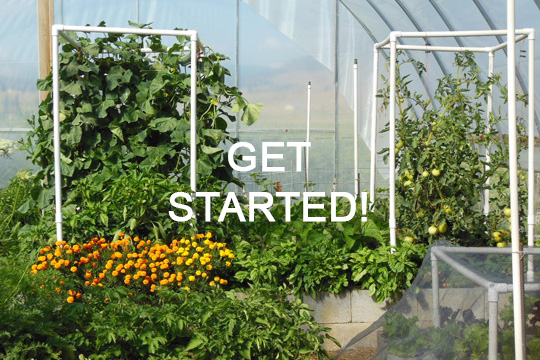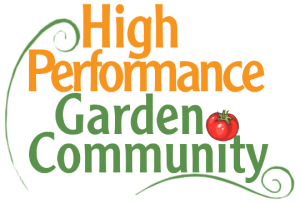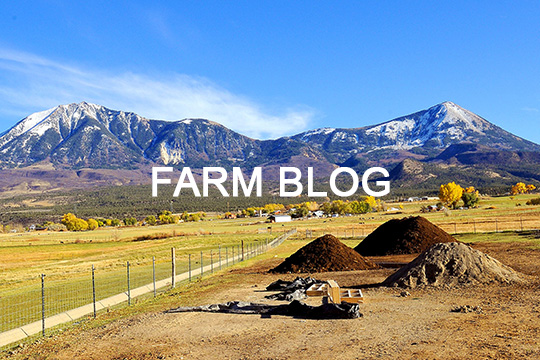A nutrient dense garden is the best way to grow produce that has the best flavor possible. Did you know that you can create food that is more nutritious than any organic food you can buy right in your backyard?
Food can be grown many different ways and in many different conditions. Is your food being grown in a method that gives the farmer more food per acre? Or is the producer of your food growing in a system that gives the end consumer more nutrition in each bite?
Just because a food is labeled organic doesn’t mean that the farmer had good growing practices that increased the nutrient density of the food. I would venture to say that the organic grower is more interested in higher nutrients in their food then the conventional grower. But that doesn’t guarantee that the food has more nutrition.
Key vitamins start to diminish as soon as the fruit or vegetable has been harvested. The fruit or vegetable will consume its own nutrients to stay viable. The longer it is stored the fewer nutrients will be available to be consumed. Produce grown in our own back yard has a shorter travel time to your table than anything you can buy. When you grow your produce in your backyard you can control the growing method and storage time.
So how do we tell if a fruit or vegetable has higher nutrition?
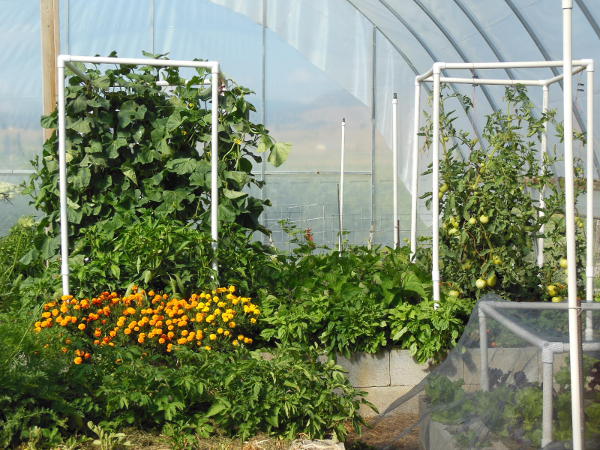
A superior quality fruit or vegetable will have more carbohydrates, proteins, and minerals. When a fruit or vegetable has higher nutrients the density of the vegetable will be greater; because minerals weigh more than water. A low-quality fruit or vegetable will have fewer minerals making it bland, watery or mushy.
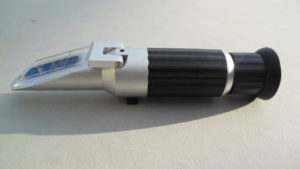
Refractometer, a tool for measuring nutrient density.
There is a meter called a refractometer that can measure the amounts of dissolved solids in the fruit or vegetable. This tool will tell you if the fruit or vegetable is more nutrient dense than another. The reading that the refractometer measures are called BRIX, the higher the BRIX the more carbohydrates, proteins, and minerals are in the food.
You have an internal refractometer built right into your body. Your refractometer is your taste buds. When you consume fruits and vegetables that are nutrient dense you feel like you have just bitten into the best fruit or vegetable on the planet. Your body jumps for joy as you take another bite.
Fruits and vegetables that are low in nutrients and have a low Brix reading will taste like cardboard, sour or like nothing and can be very mushy. You know what I am talking about. Go to the grocery store and buy a peach or tomato and taste it. It doesn’t do our bodies any good to eat fruits and vegetables that are low in BRIX. They do not give our bodies the nutrients that we need to be healthy. If we consume low BRIX fruits and vegetables our bodies will try to eat more food in order to get us the right amount of minerals that the body is craving. Thus we tend to over eat.
Meats also have different nutrient densities. If the animal is raised on nutrient dense grains or grasses then the meat will have more nutrients per bite and we will need to consume less to get the minerals and nutrients that we need from the meat.
So how do we get more nutrient dense food from our backyard?
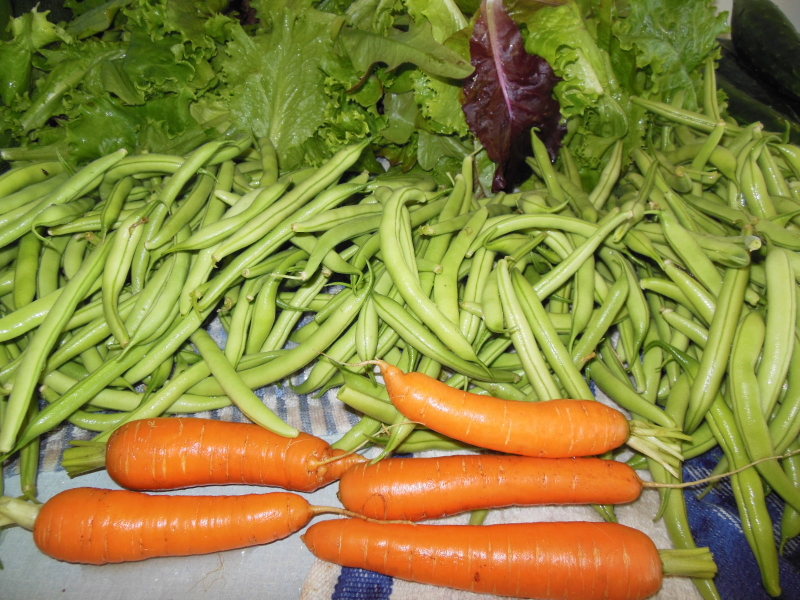
First, our goal needs to be to grow nutrient dense food, not just food. We need a system that is going to provide the plant the nutrients they need to fully express their full genetic potential, thus getting the most nutrients in the fruits and vegetables.
This system needs to provide for the plants needs as well as ours. We need a system that will fit into our modern, busy lifestyle that will not require much time, supplies or space. The plants need a system that will supply the right nutrients, support and sunlight to grow properly. The style of gardening system that we need is a High Performance Garden system. This system is what I have been perfecting the last 28 years of my life.
High Performance gardens provide an abundance of nutrient dense foods, in small compact gardens that take little time, supplies and very few tools. With the High Performance Garden system, I can teach you how to grow nutrient-dense food in your backyard easily and with very little time. When the food is in your backyard you can harvest it when you want to keep the vitamins at their peak.
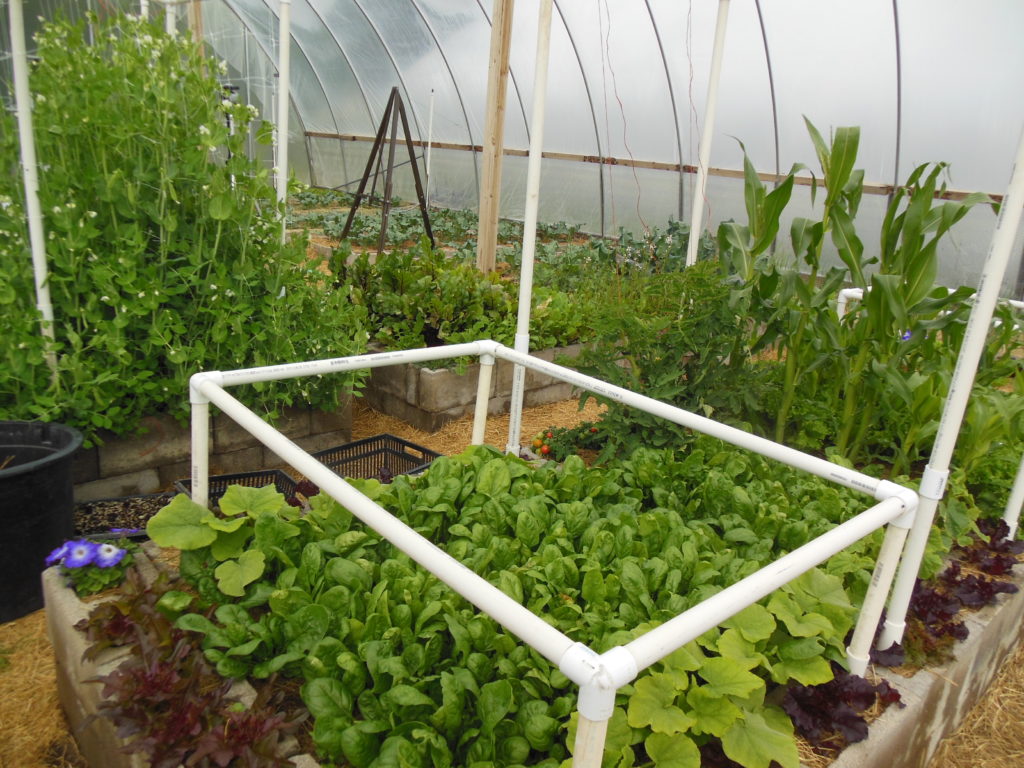
Here is how it works: the garden starts with the best soil. The plants and the supporting cast of biological creatures that feed the plants need a good sandy loam soil. Most of our back yards do not have sandy loam soil so I have a recipe to create the perfect garden soil.
Next, we need a place to keep this awesome soil. I prefer intensive raised beds or container gardens. The advantages to the intensive raised beds and container gardens are that we can grow twice as much food in half the space and we don’t need a rototiller to grow a garden.
In this awesome soil, we will grow a host of biological creatures called microbes. These microbes form a relationship with the plants and make it possible for the plants to take up the most minerals possible. Our job is to cultivate these microbes and keep them happy so the plants can be happy and reach their full genetic potential.
Next, we will add organic compost and fertilizers to boost the nutrients available to the microbes thus getting the nutrients into the plants so it is available to us. There is no other system like Mother Nature’s that will provide us with all that we need. There is no man made pill or potion that can do this better.
Once the fruits and vegetables have matured we need to pick them at their peak ripeness. This is where your internal refractometer comes into play. As you learn where the peak ripeness is by tasting your produce, you will soon have the most nutrients in your food when you harvest it.
Then you will want to consume the vegetable and fruits as soon as possible or freeze them for eating later. Fruits and vegetables frozen at their peak of ripeness have the second highest nutrient density.
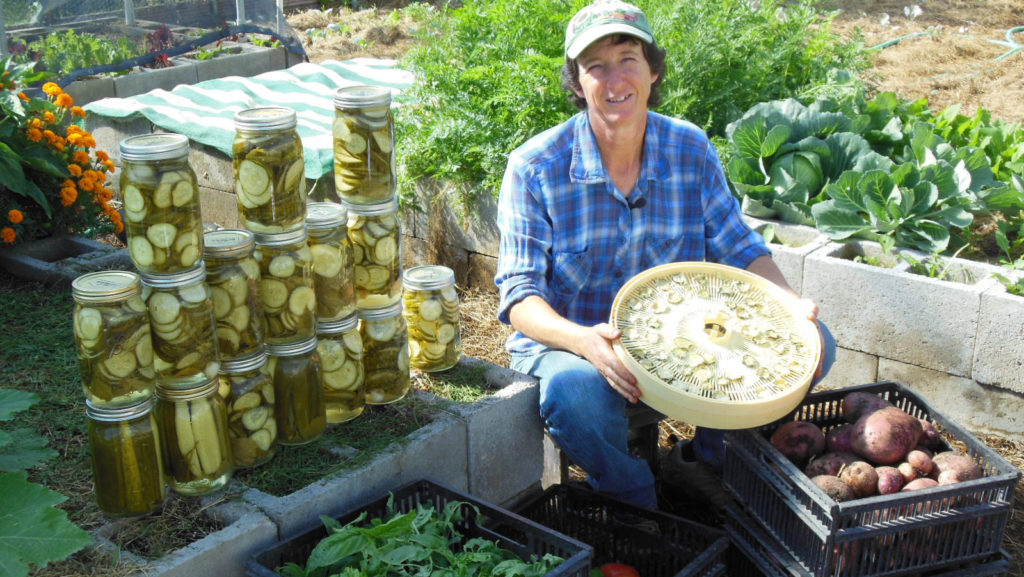
Through the High Performance Garden system, you can grow your own nutrition. You can test how well you are doing through the use of a refractometer or use you own internal refractometer. It is possible to adjust the nutrient density of the food that you are growing. We can harvest at the peak of ripeness and nutrient density and consume or freeze for later use.
This allows you to grow your own nutrition at a fraction of the cost to purchase the most nutrient dense foods if you can find them. You are now in control of your nutrition.
To learn more about building a High Performance Garden system, sign up for the free online High Performance Garden Webinar Series at – https://highperformancegardening.mykajabi.com/p/3-strategies-to-grow-nutrient-dense-produce-webinar
I look forward to seeing you there!
Lynn
Share this blog post on pinterest using the shareable below!
